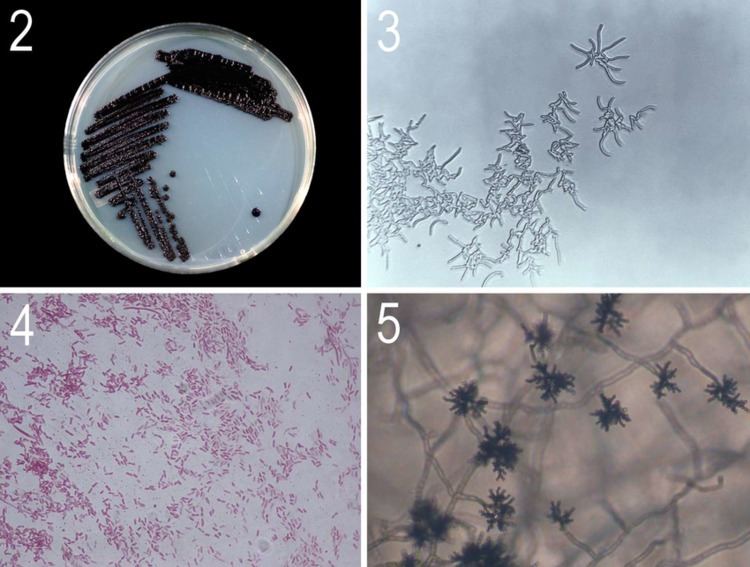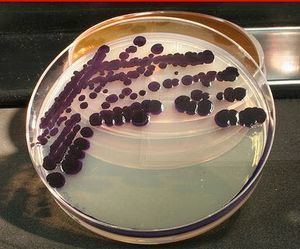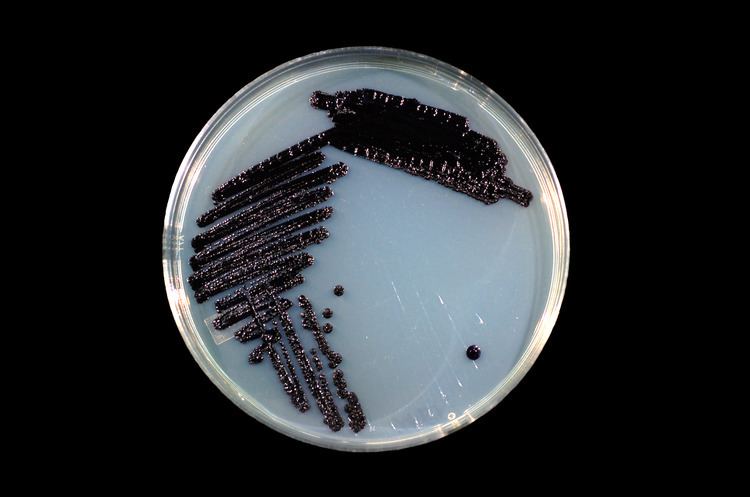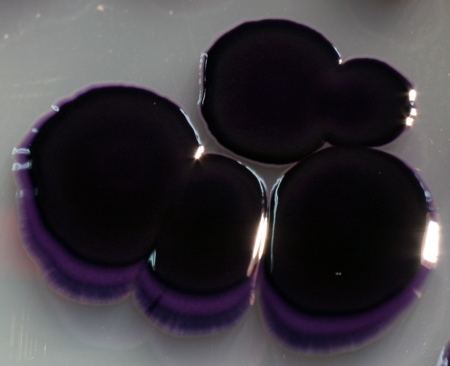Rank Species | Scientific name Janthinobacterium lividum Higher classification Janthinobacterium | |
 | ||
Similar Janthinobacterium, Bacteria, Chromobacterium, Chromobacterium violaceum, Proteobacteria | ||
Janthinobacterium lividum is an aerobic, Gram-negative, soil-dwelling bacterium that has a distinctive dark-violet (almost black) color. This color is due to a compound called violacein, which is produced when glycerol is metabolized as a carbon source. Violacein has anti-bacterial, anti-viral, and anti-fungal properties. Its anti-fungal properties are of particular interest since J. lividum is found on the skin of certain amphibians, including the red-backed salamander (Plethodon cinereus), where it prevents infection by the devastating chytrid fungus (Batrachochytrium dendrobatidis).
Contents

Etymology

The genus name, Janthinobacterium, comes from Latin janthinus, which means "violet" or "violet-blue" + bacterium, which means rod or staff. The species name is also from Latin, lividum, which means "of a blue or leaden color".
Antifungal properties
This bacterium produces antifungal compounds, such as indole-3-carboxaldehyde and violacein.
Resistance to Batrachochytium dendrobatidis

J. lividum inhibits the toxic effect and growth of a fungus known as Batrachochytrium. This fungus causes a disease known as chytridiomycosis in amphibians and is contributing to the massive declines of amphibians around the world so understanding the uses of this bacteria has been of major interest.

A study conducted in 2009 explored the effects of Bd and the use of J. lividium in the lab for survival. They used three experimental treatments: frogs infected with Bd, frogs given the bacteria J. lividium and frogs with the given bacteria and then exposed to Bd. Nearly all of the frogs exposed to Bd experienced mortality while none of the other treatments had any deaths. This effectively introduced the use of J. lividium as a possible method for Bd prevention in the lab setting.

